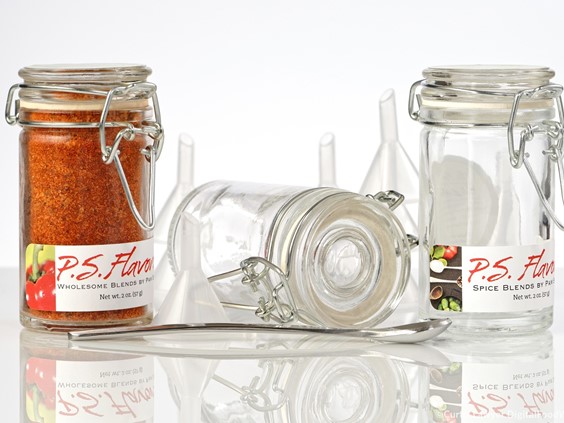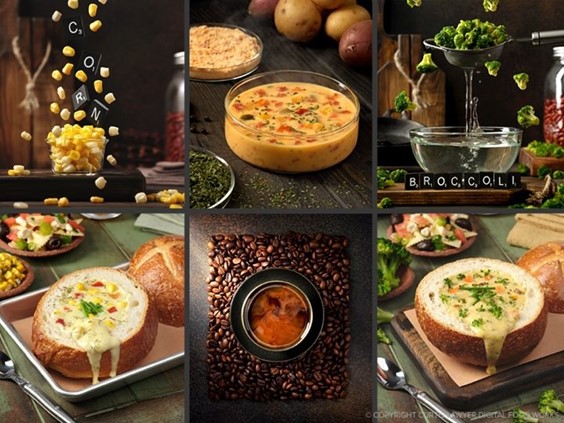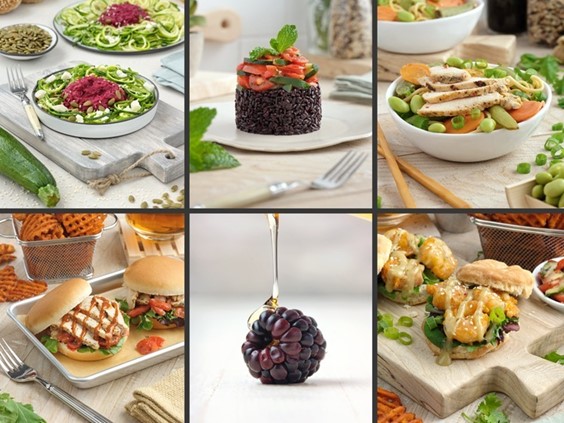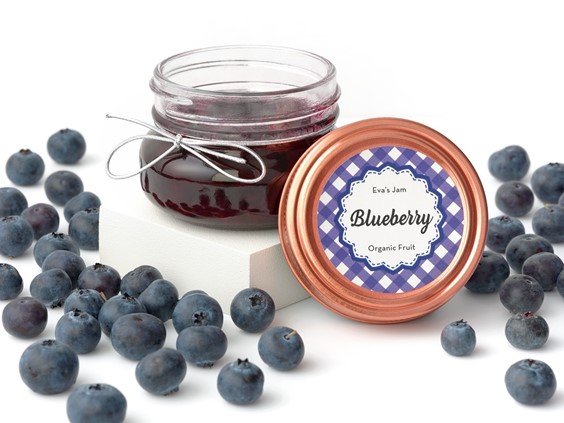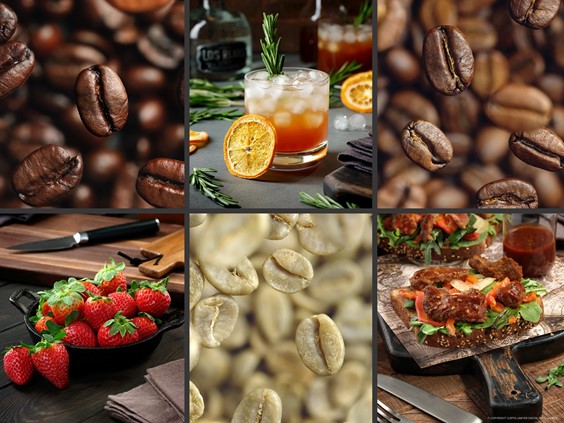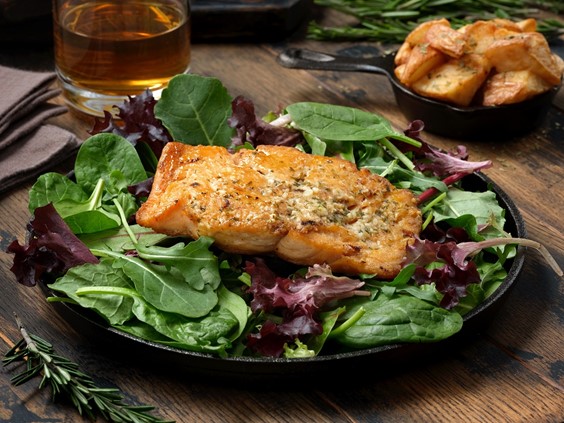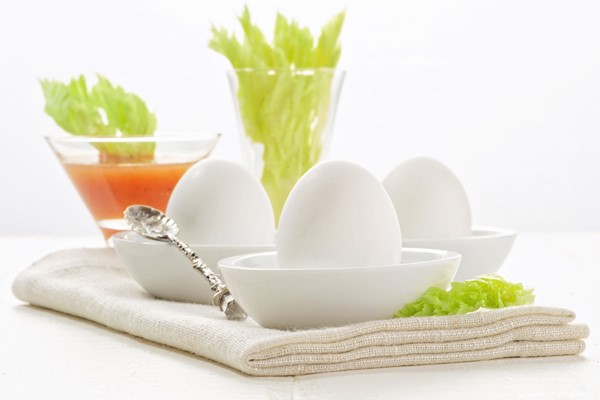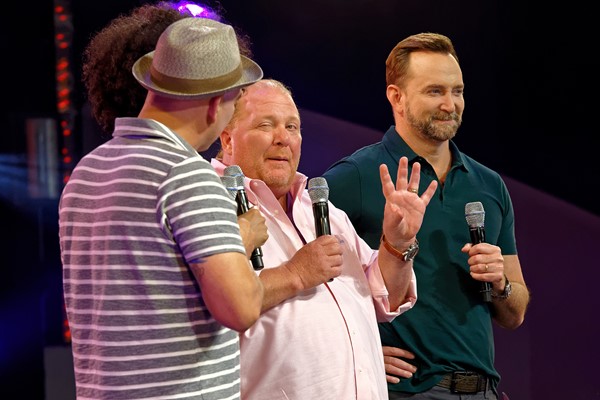Focus Stacking Explained with P.S. Flavor!
May 7, 2017Product Photography
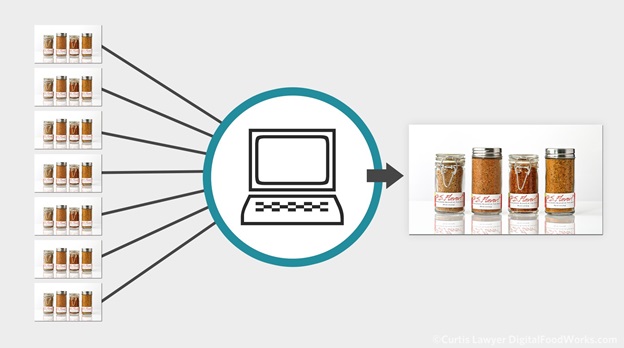 Way One of Nine Ways to Sunday (Part Z) — This wasn't technically going to be my next article in this Nine Way to Sunday project, but I wanted to take a quick detour and talk about focus stacking.
Way One of Nine Ways to Sunday (Part Z) — This wasn't technically going to be my next article in this Nine Way to Sunday project, but I wanted to take a quick detour and talk about focus stacking.I'm very early into this particular series and I'm not sure if I will be be using too much focus stacking or not, but thought I would explain what it is and why I use it. I tend to stay away from focus stacking because it adds a fair amount of complexity to a shoot, but occasionally, it's the only way to accomplish a specific editorial need... to achieve a wide, well controlled depth of field, in a very small space.
Let's take a look a one of the group shots from the previous article "White Background Product Photos with P.S. Flavor! Spice Blends".

The top photo was shot at f/11 and the bottom photo was shot at f/4. These are great artsy editorial photos, but if you really want to show all four products, having to pick focus on just one bottle, isn't really telling the right story.
Small cellphone cameras usually have wide lenses and fairly large depths of field. Most, would handle this type of shot fairly well, (although there would be a forced prospective issue… you can't have everything). Larger sensor cameras use lenses with larger holes (relative to the subject size)... and larger holes means there's going to be a very, very shallow depth of field (i.e. one particular small thing will be in focus, everything else will be blurry).

The bottle on the left is in focus and the bottle on the right is not. There's just a 20cm difference between the bottles. (See the diagram in the next photo box below.)
The bottles were set up in a line and staggered so that the shaker bottles were approximately 20cm closer to the camera than the hinged lid bottles (i.e. the "rubs"). Even at f/8, you can see that one of the jars is in focus, while the other jar is a little blurry. The spices in the jars are not completely in focus either… and that's just 20cm difference!

Here, I have set focus on the front-most bottle (on the right), but now the back bottle (left) is blurry. (This is exactly reversed from the diagram above.)
Yes, you could make the hole in the lens smaller and set the aperture at say... f/20 (depending on your lens), but then something called "diffraction" becomes an issue. The lens is gathering a lot of light, funneling through a tiny hole and then spreading it way large to cover the sensor… basically, it's like sticking a large sensor camera behind a cellphone camera's lens. It's not pretty.
So what can you do? This is where focus stacking really shines. The basic idea here is to take a gazillion photos in-between the two things that need to be in focus... with each photo having a slightly offset focal point. So take a different photo of each and every single thing from the front-most jar to the back-most jar... and everything in between. Easy, right?
Well, not quite easy. Everything in each photo has to be exactly the same (don't bump the table, flashes firing off at exactly the same power, don't move the tripod, etc.) the only thing that can change is the camera's position along the "z-plane". I like to start out by being focused on the closest point and then physically move the camera in, until the last (farthest) focal point has been hit. When I say "move the camera in" I mean in really teeny, tiny increments… like… 0.05mm tiny.

Depending on how many photos there are, the shooting process usually takes longer than the computer process.

The final result... all four bottles on two different z-planes are in-focus. There's also a ton of micro contrast, so every little speck of dust or stray spice is going to be very visible... along with imperfections in the glass itself.
I talked a little bit about the decision to go a softer with the "on white background" series in the article prior to this one (White Background Product Photos with P.S. Flavor! Spice Blends). It's really going to come down to an artistic call. To me, white can sometimes be a little intimidating and scientific. Softening the scene up with a fair amount backlighting wrapping around the product can make things feel more approachable.
However, if all parts of the product (or entire product group) need to be in focus… this is the only way to go. As I mentioned at the top of the article, I'm not sure if I'll be using Focus Stacking too much on this Nine Ways to Sunday project. It's one of those things I like making a call on when I start seeing new images from each setup. I think a lot can be accomplished with light positioning and flagging without having to get into focus stacking. There are other times when it's necessary though… especially when the sets start getting more complicated. I might just do another "part z" article once I get a little deeper into this project.
Thanks for reading along, and if you would like to read more about this Nine Ways to Sunday... project, click here!
To check out the amazing line of P.S. Flavor Spices... click here!


